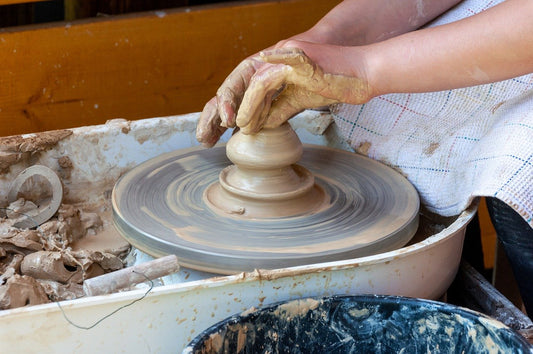Bass and treble
by Paul McGowan
When I was growing up every amplifier or preamplifier was adorned with tone controls: bass and treble boost/cut filters. Today, there are few to be found.
I think the main reason they existed was to compensate for the poor frequency response of the loudspeakers. As speakers and electronics got better, the need to preload—pre-distort—the music signal went away. And that was a good thing.
Building loudspeakers with greater full range capabilities is infinitely preferable to tone controls that attempt to Band Aid the problem.
But, that's not all tone controls did. They helped poor recordings become more listenable and attempted to make up for an interesting problem in our hearing. First brought to public notice by Harvey Fletcher and Wilden Munson in 1933, the Fletcher-Munson curves taught us that frequency extremes naturally rolled off with level. Essentially, when sound is at low volume levels, the ear/brain tends to pay less notice to bass and treble. To hear music with flat frequency response, you need to turn up the volume.
Preamplifiers with tone controls often progressively boosted the bass and treble as the level control was turned down. Some manufacturers allowed this compensation to be selectable and added a defeat button labeled "loudness". Remember that button? When Loudness was engaged, the music was progressively pre-distorted with boosted bass and treble to compensate for low volume levels. Today, you don't see these controls very often.
None of these tone controls come without negative baggage.
As I have written many times, in electronic design there's no free lunch.
- Choosing a selection results in a full page refresh.
- Opens in a new window.








